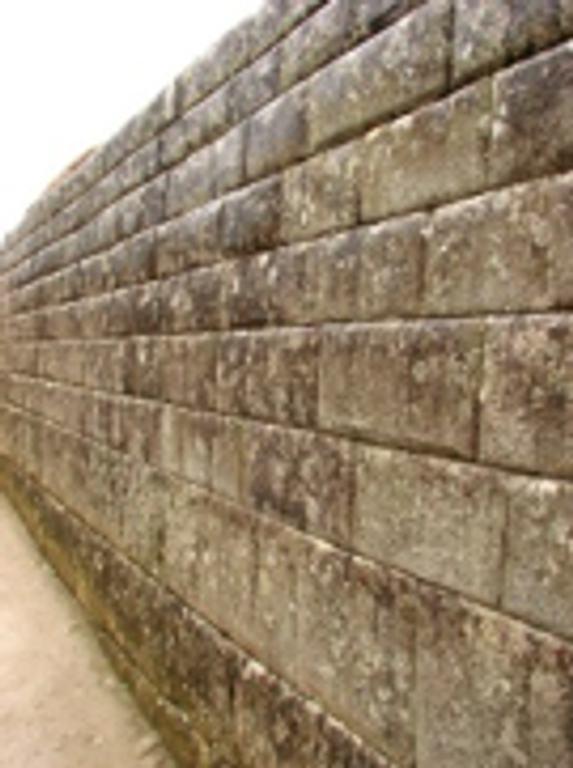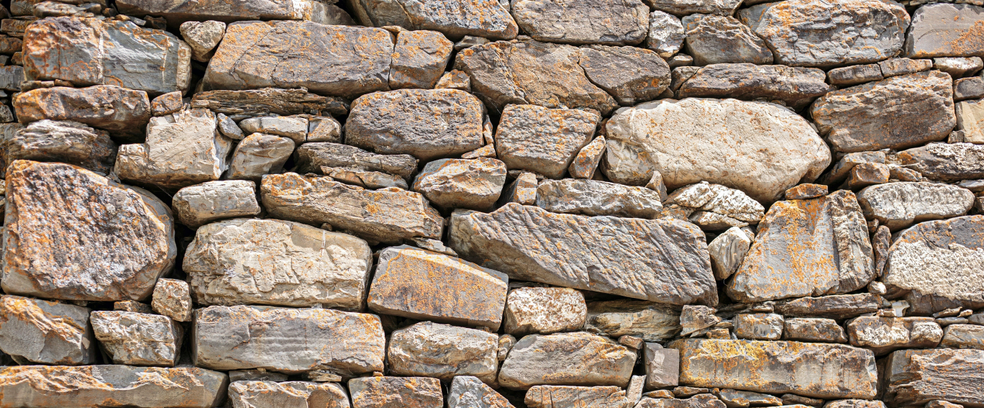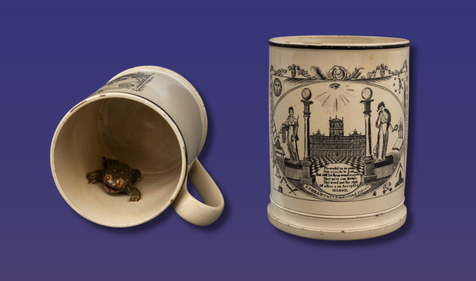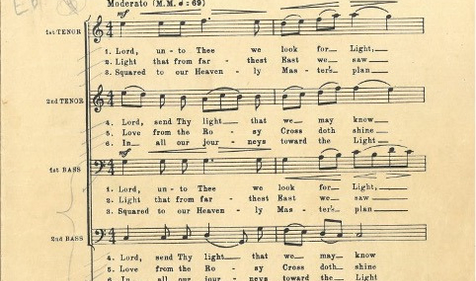This article explains the symbolic significance of the rough ashlar in Freemasonry and its use in the fraternity’s teachings.
As Freemasons, we commit ourselves to uphold our fraternity’s timeless principles of Brotherly love, relief, and truth. But just as it takes a craftsman years of practice to learn to cut stone expertly, learning to live by our craft’s values and lessons can take years for a Freemason to master. When we first enter the fraternity, we learn through ritual to try and apply the lessons of Masonry to our lives to grow, mature, and receive more light. Quickly we are introduced to the concept of the “rough ashlar,” a symbol for visualizing the moral and behavioral improvements we seek to make in ourselves. When we become a Freemason, we become the rough ashlar, the stone in need of shaping and polishing.
What is an ashlar?

An ashlar is a stone mined from a quarry to be used in construction as an alternative to bricks or other building materials. After removing it from the quarry, stonemasons use chisels and other tools to refine and smooth the rough stone to give it a more finished appearance. They are designed to fit together tightly, with little mortar, and are laid in horizontal layers, creating strong and sturdy structures.
Masonic Ashlar
A Free Mason Composed of the Materials of his Lodge," 1781, J. Coles (dates unknown), artist, Salem, Massachusetts Perkins and Coles, printers. Gift of Jon Gregory Adams Hill, 2016.005.6. Photograph by David Bohl.
It is not known precisely when ashlars entered the lodge and ritual of speculative Masonry, but they appeared in lodge inventories nearly four centuries ago. Records from 1754 for Old Dundee Lodge in Wapping, London, refer to the purchasing of a “new” ashlar, indicating they may have had one for years before. Today, an ashlar can be found resting on the altar of every Masonic lodge, reminding us of our operative ancestors and representing the solid foundation upon which Masonry in our lives is built.
In our ritual, the ashlar symbolizes the change a man goes through as he journeys through the craft. The rough ashlar represents a Freemason before he is initiated, coarse and waiting to be crafted into a useful stone. As a Mason works on his craft, shapes himself into a man of service and integrity, he is smoothed into a perfect ashlar. When we gaze upon the ashlar in the lodge room, we see the embodiment of what we have been and what we hope to become.
Perfecting your ashlar
The ashlar is introduced in the first degree of Masonry and is intended to represent our imperfections. In this ritual, the ashlar is perfected and prepared to be used in the construction of the Mason’s temple. It is dressed and smoothed by carving away the unnecessary layers of stone. To become a good and useful man, the lesson is clear: we must shed our habits and traits that prevent us from building our own temple, from becoming a good and just man. Our ashlar should only be measured against itself and never that of a fellow Mason, for comparing our journey to another only leads to the ego-centric traits we should strive to overcome.
A Freemason becomes a perfect ashlar through hard work, education, and a diligent effort to live an upstanding life. Of course, being a Freemason is much more than simply being industrious. A Freemason is a man who is committed to bettering himself and his community, one who has vowed to help and mentor his brethren to do the same. A Freemason is a man striving to be part of something greater than himself, is filled with compassion, and yearns to create a better future for generations to come.
Related Stories
Discover additional Scottish Rite blogs and news on this topic.




